Grow Turnips Backyard: Your Guide to a Bountiful Harvest
Growing your own food is incredibly rewarding, and few vegetables are as satisfying to cultivate as turnips. This article is your complete guide to Grow Turnips Backyard successfully, packed with simple, effective DIY tricks and hacks that will transform your gardening experience. I’ve always loved the earthy sweetness of homegrown turnips, and the feeling of accomplishment that comes with nurturing a plant from seed to harvest is unmatched. From my own experience, I know that even a small backyard space can yield a surprisingly large crop.
The history of turnips stretches back centuries, with evidence suggesting cultivation dating back to ancient times. They’ve played a significant role in various cultures, providing a vital source of nutrition throughout history. Today, growing your own turnips offers a connection to this rich agricultural heritage, allowing you to enjoy fresh, flavorful produce while minimizing your environmental impact.
Why Grow Your Own Turnips?
In a world increasingly focused on sustainable living, growing turnips backyard is more than just a hobby; it’s a conscious choice. You’ll know exactly where your food comes from, avoiding pesticides and other potentially harmful chemicals. Plus, homegrown turnips often taste far superior to store-bought ones, boasting a vibrant flavor and satisfying crunch. This DIY approach empowers you to control the entire process, from seed selection to harvesting, ensuring you get the best possible results.
Whether you’re a seasoned gardener or a complete beginner, this guide will equip you with the knowledge and techniques you need to successfully grow turnips in your own backyard. Let’s get started and unlock the secrets to a bountiful harvest!
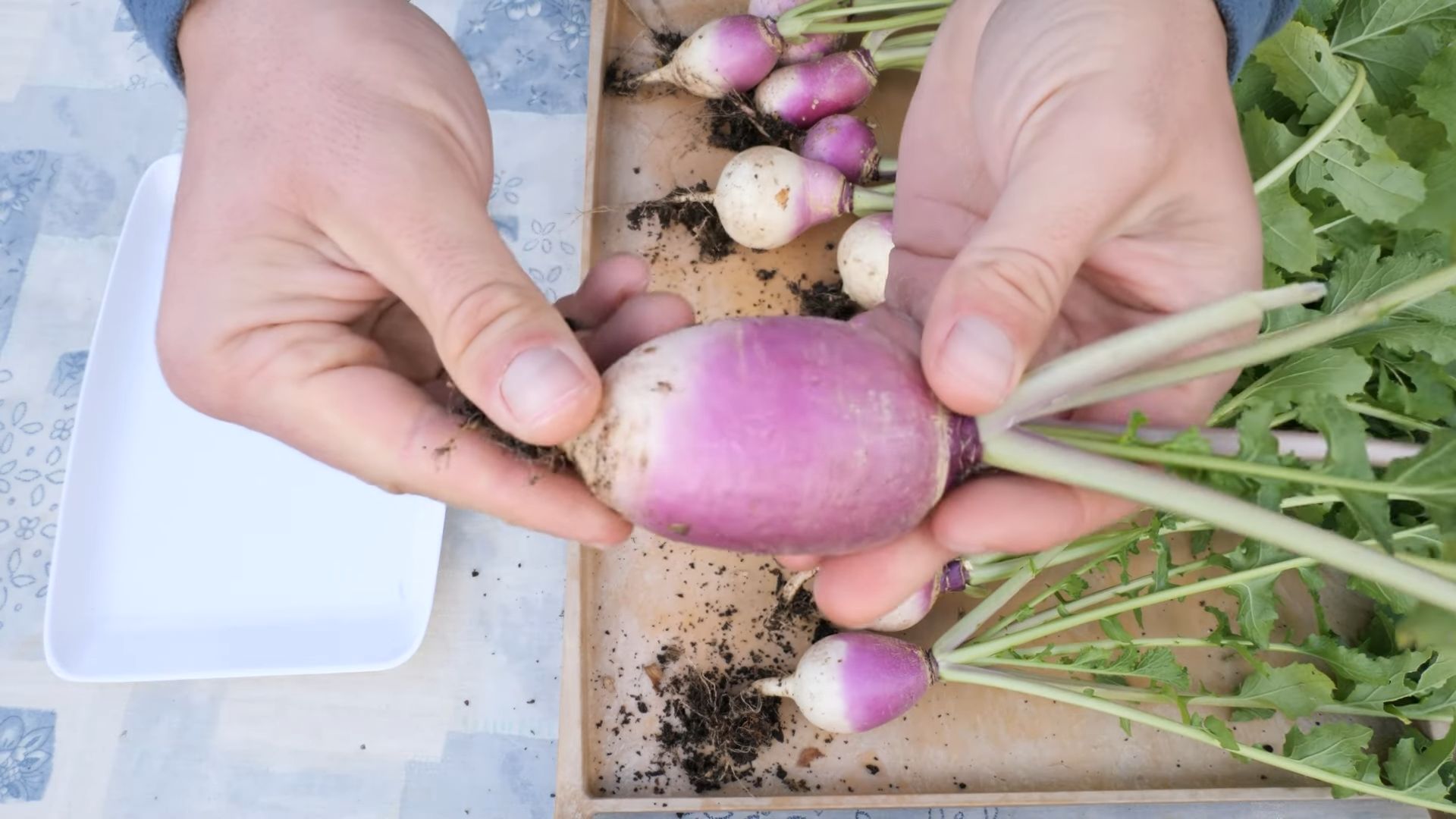
Growing Your Own Delicious Turnips: A Backyard Guide
I love the sweet, earthy flavor of turnips, and nothing beats the satisfaction of harvesting your own. This guide will walk you through everything you need to know to grow a bountiful crop right in your backyard. Let’s get started!
Planning and Preparation
- Choose the right time: Turnips thrive in cool weather. The best time to plant them is in early spring or late summer/early fall, depending on your climate. Avoid planting them during the hottest months of the year.
- Select your location: Turnips need at least six hours of sunlight per day. Choose a sunny spot in your garden with well-drained soil. Poor drainage can lead to root rot.
- Prepare the soil: Turnips prefer loose, fertile soil. Amend heavy clay soil with compost or other organic matter to improve drainage and aeration. Test your soil’s pH; turnips prefer slightly acidic to neutral soil (pH 6.0-7.0).
- Choose your seeds or seedlings: You can start turnips from seed or buy seedlings from a garden center. Seeds are generally less expensive, but seedlings give you a head start.
- Gather your tools: You’ll need a garden trowel or cultivator, a watering can, and possibly some fertilizer (more on that later).
Planting Your Turnips
- Prepare the planting area: Loosen the soil to a depth of about 8-12 inches using your trowel or cultivator. Remove any rocks or weeds.
- Plant the seeds (if using seeds): Sow the seeds about ½ inch deep and 2-3 inches apart. If you’re planting multiple rows, space the rows 12-18 inches apart. Gently cover the seeds with soil.
- Plant the seedlings (if using seedlings): Dig small holes about the same depth as the seedling’s root ball. Gently place the seedlings in the holes and fill in the soil around them, firming it gently.
- Water thoroughly: After planting, water the area deeply to help settle the soil and encourage germination or establishment.
Caring for Your Turnip Crop
- Watering: Keep the soil consistently moist, but not waterlogged. Water deeply and regularly, especially during dry periods. Aim for about 1 inch of water per week.
- Weeding: Regularly remove weeds to prevent them from competing with your turnips for nutrients and water. Mulching can help suppress weed growth.
- Fertilizing: While turnips aren’t heavy feeders, a balanced fertilizer can help promote growth. Apply a slow-release fertilizer according to package directions, or use a compost tea for a more organic approach. Avoid over-fertilizing, as this can lead to poor root development.
- Thinning (if using seeds): Once the seedlings have a few true leaves, thin them to 3-4 inches apart. This gives each plant enough space to grow. You can use the thinned seedlings in salads or as greens.
- Pest and disease control: Keep an eye out for common turnip pests like flea beetles and aphids. Use insecticidal soap or neem oil to control infestations. Good air circulation can help prevent fungal diseases.
Harvesting Your Turnips
- Timing is key: Turnips are ready to harvest when they reach the desired size, usually 2-3 inches in diameter for smaller varieties and up to 4 inches or more for larger varieties. The tops should be fully developed.
- Harvesting the roots: Carefully loosen the soil around the turnips with a trowel or garden fork. Gently lift the turnips from the ground, being careful not to damage the roots. If you’re harvesting only some of the turnips, leave the others in the ground to continue growing.
- Cleaning and storing: Brush off any excess soil from the turnips. Trim the tops, leaving about an inch of stem attached. Store turnips in a cool, dark, and humid place, such as a refrigerator’s crisper drawer. They will keep for several weeks.
Troubleshooting Common Turnip Problems
Problem: Small turnips
Possible causes: overcrowding, poor soil, insufficient nutrients, or drought stress. Solutions: Thin seedlings, improve soil fertility, water regularly, and ensure adequate sunlight.
Problem: Root rot
Possible causes: poor drainage, overwatering. Solutions: Improve soil drainage, water less frequently, and avoid overhead watering.
Problem: Pests (flea beetles, aphids)
Possible causes: pest infestations. Solutions: Use insecticidal soap, neem oil, or other organic pest control methods. Consider using row covers to protect young plants.
Problem: Bolting (premature flowering)
Possible causes: hot weather. Solutions: Plant turnips in cooler seasons, provide shade during hot periods.
Remember to always check your local gardening resources for specific advice tailored to your region and climate. Happy gardening!
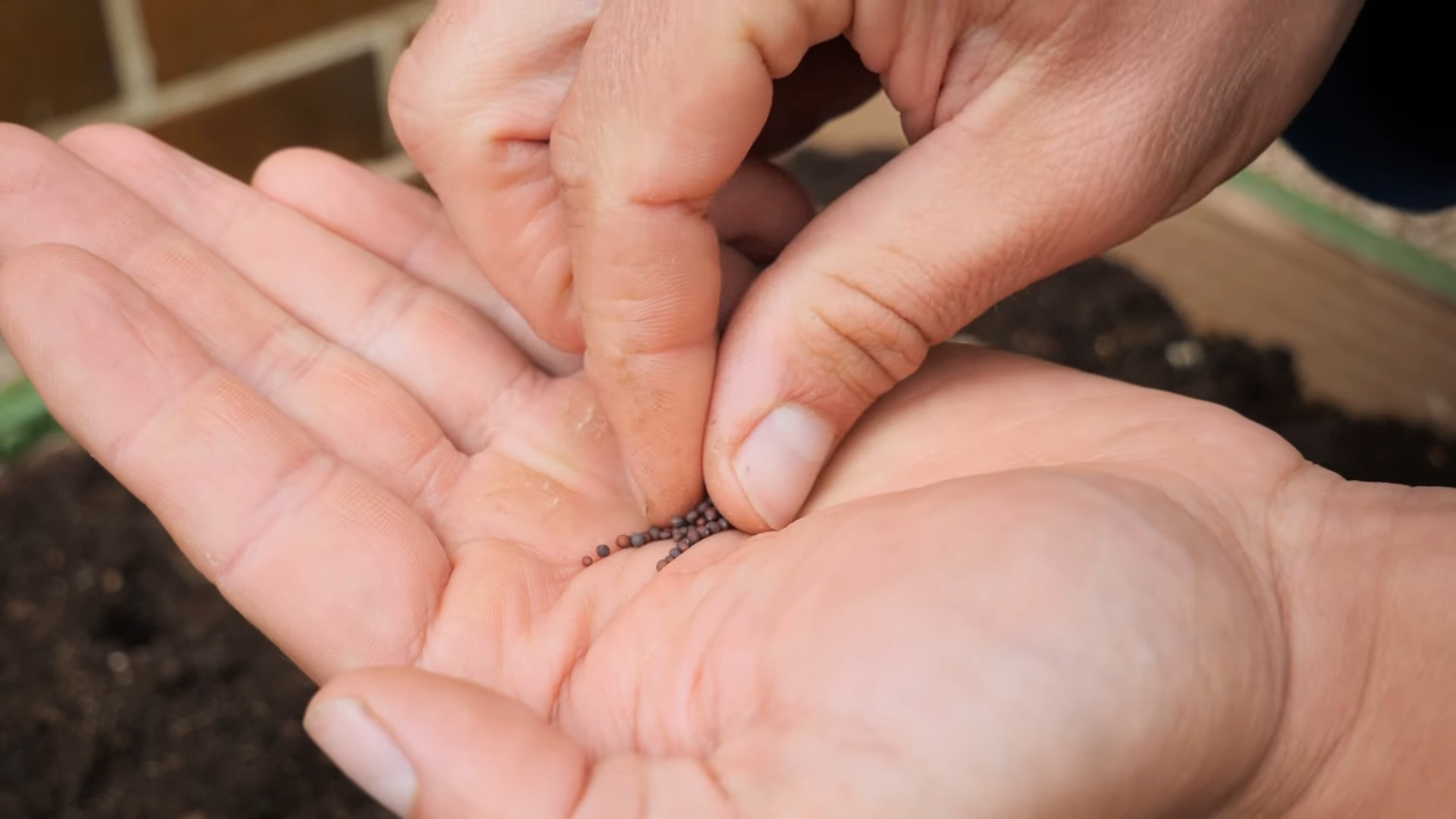
Conclusion
So there you have it – a comprehensive guide to growing your own delicious turnips right in your backyard! This simple yet rewarding DIY trick offers a wealth of benefits, far surpassing the convenience of store-bought produce. Not only will you enjoy the unparalleled freshness and flavor of homegrown turnips, but you’ll also experience the immense satisfaction of nurturing a plant from seed to harvest. The process is surprisingly straightforward, even for beginner gardeners, and the results are incredibly satisfying. Growing your own turnips allows you to control the quality of your food, ensuring they’re free from pesticides and other harmful chemicals. You’ll also be contributing to a more sustainable lifestyle by reducing your carbon footprint associated with transporting produce over long distances.
Beyond the core method outlined, the possibilities for variation are endless. Experiment with different turnip varieties to discover your favorites – from the classic white globe to the vibrant purple top. Consider companion planting, incorporating herbs like chamomile or thyme nearby to deter pests and improve soil health. If space is limited, try growing your turnips in containers or raised beds. For those with particularly challenging soil conditions, amending the soil with compost or other organic matter before planting will significantly improve your chances of success. Remember to adjust your watering schedule based on your local climate and the specific needs of your chosen turnip variety. Careful observation and a little experimentation will help you refine your technique and achieve optimal results.
We strongly encourage you to embark on this rewarding gardening adventure. The experience of nurturing your own turnips from seed to harvest is truly enriching, and the taste of a freshly pulled turnip from your own garden is simply unforgettable. Share your experiences with us! Post pictures of your thriving turnip patch on social media using #GrowTurnipsBackyard and tag us – we’d love to see your success stories and learn from your gardening journey. Let’s build a community of home gardeners, sharing tips, tricks, and the joy of growing our own food. Don’t hesitate – start planning your turnip patch today! The satisfaction of harvesting your own delicious, homegrown turnips is an experience you won’t want to miss.
Frequently Asked Questions
What type of soil is best for growing turnips?
Turnips thrive in loose, well-drained soil that’s rich in organic matter. Heavy clay soils can lead to stunted growth and root rot, so amending heavy clay with compost or other organic materials is crucial. Sandy soils, while well-draining, may require more frequent watering to maintain adequate moisture levels. Ideally, aim for a slightly acidic to neutral pH (6.0-7.0).
How much sunlight do turnips need?
Turnips require at least six hours of direct sunlight per day for optimal growth. Choose a location in your garden that receives ample sunlight, especially during the crucial early stages of growth. Insufficient sunlight can result in smaller, less flavorful turnips.
When is the best time to plant turnips?
The best time to plant turnips depends on your climate. In cooler climates, spring and fall are ideal, as turnips prefer temperatures between 60-70°F (15-21°C). In warmer climates, planting in the fall or during cooler periods in the spring is recommended to avoid bolting (premature flowering).
How often should I water my turnips?
Consistent moisture is essential for healthy turnip growth. Water regularly, aiming to keep the soil consistently moist but not waterlogged. The frequency of watering will depend on your climate, soil type, and weather conditions. During dry spells, you may need to water more frequently. Observe the soil moisture levels and adjust your watering schedule accordingly.
How long does it take for turnips to mature?
The time it takes for turnips to mature varies depending on the variety and growing conditions. Generally, most turnip varieties are ready for harvest in 50-70 days from planting. Smaller varieties may mature faster, while larger varieties may require a longer growing period. Check the seed packet for specific maturity information for your chosen variety.
What are some common problems when growing turnips?
Common problems include pests such as flea beetles and aphids, and diseases such as root rot and downy mildew. Practicing good garden hygiene, using companion planting, and ensuring proper soil drainage can help prevent these issues. If problems arise, consult a local gardening expert or use organic pest and disease control methods.
Can I grow turnips in containers?
Yes, you can successfully grow turnips in containers, provided they are large enough to accommodate the root system. Choose containers at least 12 inches in diameter and depth. Ensure the containers have adequate drainage holes to prevent waterlogging.
What should I do with my harvested turnips?
Freshly harvested turnips can be stored in a cool, dark, and humid place for up to a week. For longer storage, you can also store them in the refrigerator for up to two weeks. Turnips can be used in a variety of dishes, from simple roasted turnips to hearty soups and stews. Their versatility makes them a welcome addition to any kitchen.
My turnips are bolting, what went wrong?
Bolting, or premature flowering, often occurs when turnips are exposed to excessively warm temperatures or long days. Planting in the fall or during cooler periods in the spring, and ensuring adequate shade during the hottest parts of the day, can help prevent bolting. Choosing a variety that is known for its resistance to bolting can also be beneficial.
Where can I buy turnip seeds?
Turnip seeds are readily available at most garden centers, nurseries, and online retailers. Choose high-quality seeds from reputable suppliers to ensure optimal germination and growth. Many varieties are available, so choose the ones that best suit your taste and growing conditions. Happy growing!

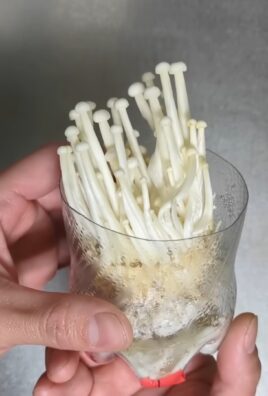
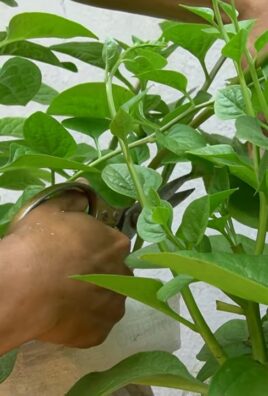
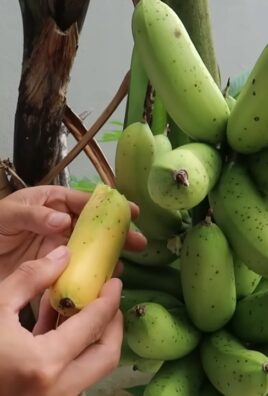
Leave a Comment